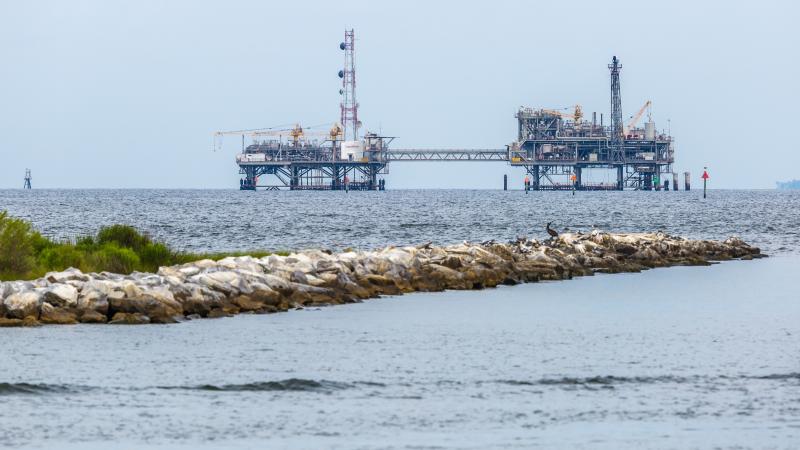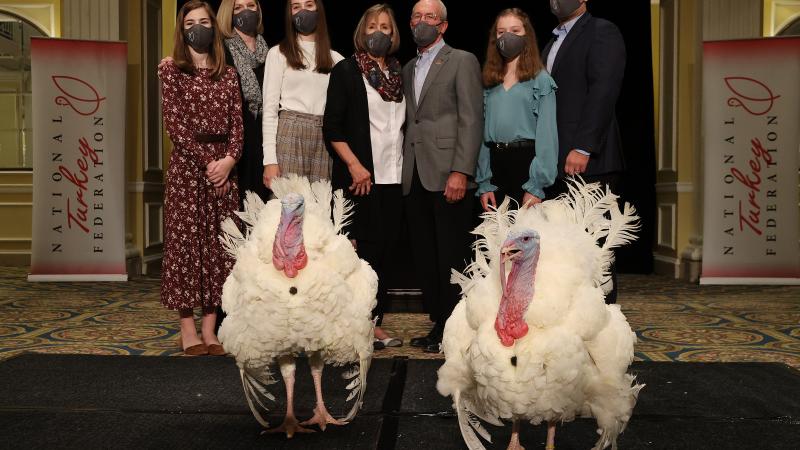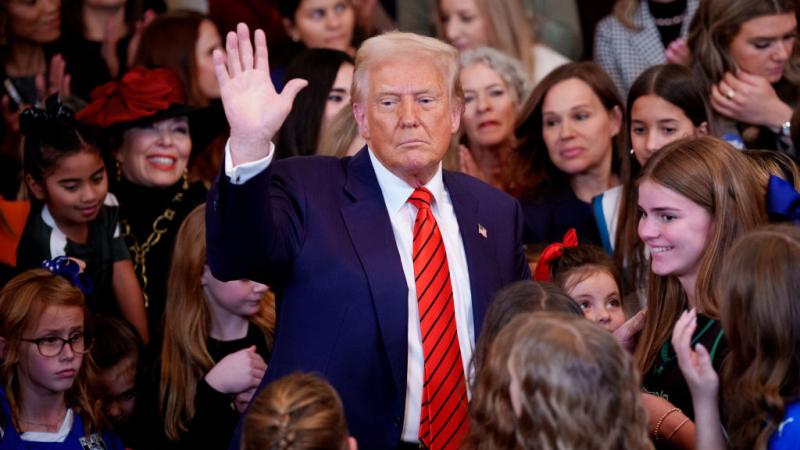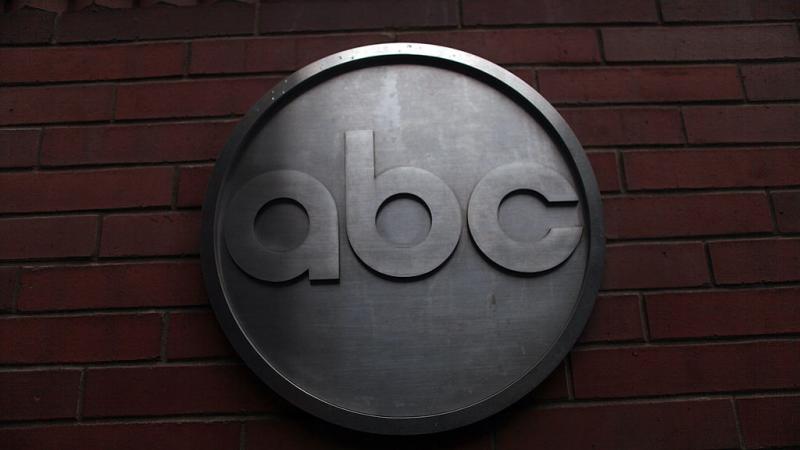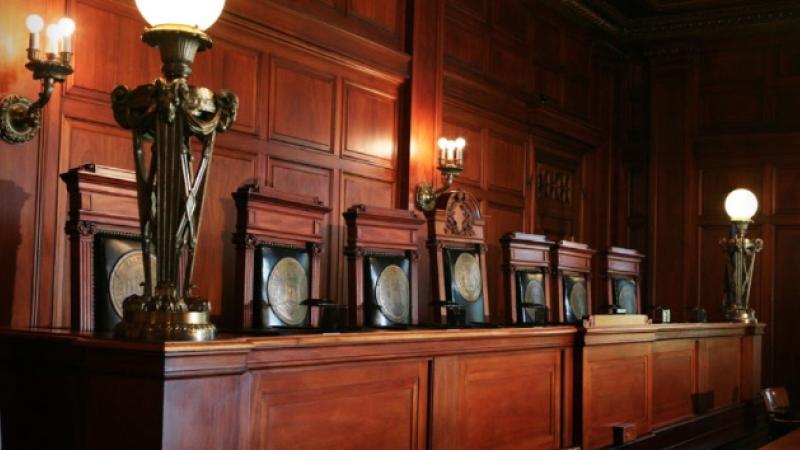Biden's EPA hid comments from Dept. of Energy that undermined key part of EPA power plant rule
The Clean Power Plan 2.0 was supported by a finding that carbon capture technology had been "adequately demonstrated." The EPA sought and got comments from the DOE, which disputed that "demonstration." Somehow those comments never made it into the administrative record.
Former President Joe Biden, as well as his Democratic predecessor Barack Obama, pledged to “follow the science” when it came to climate policies. Since President Donald Trump assumed office — a man accused of waging a “war on science” — revelations have shown that, when it came to previous administrations, sometimes science was either shaped to serve preferred policies or dismissed when it didn’t support them.
Energy Secretary Chris Wright confirmed in March that the Biden-Harris administration had completed a study on liquefied natural gas exports prior to enacting a pause on export permits, the stated intention of which was to complete such a study. Wright stated that the Biden-Harris administration didn’t like what the study said, so they set out to produce one that would support the climate policies they wanted.
Emails exchanged at the Obama-era EPA in 2009 showed that the so-called endangerment finding, which has been the basis for much of the EPA's regulation of carbon dioxide emissions ever since, was a foregone conclusion even before the agency announced the finding.
It appears that the Biden-Harris administration hid comments that would have undermined its Clean Power Plan 2.0 rule (CPP2), which the Trump administration is currently reviewing. The EPA had sought comments from the Department of Energy’s National Energy Technology Lab (NETL) on the efficacy of carbon capture technology prior to proposing the rule. These comments, which were somehow scrubbed from the administrative record, disputed a key claim the rule is based on. Those missing comments, a legal expert says, could provide a basis for the rule’s repeal.
Casting significant doubt
The CPP2 requires all coal plants to install carbon capture technology by 2039, which captures and stores emissions in underground geological formations. It also requires new natural gas-fired power plants to install the technology, with requirements starting in 2032. Experts warned the rules would drive up electricity costs and destabilize the grid by disincentivizing reliable power from coal and natural gas in favor of intermittent wind and solar power.
The Clean Air Act authorizes the EPA to develop new emissions standards, but those standards must be achievable at a reasonable cost. The technology required for compliance must also be adequately demonstrated. Documents obtained by Just the News show that the EPA formally sought comments from NETL in March 2023 on its soon-to-be proposed rule, which was put out for public comment the following May.
In December, Rep. James Comer, R-Ky., chair of the House Committee on Oversight and Accountability, wrote to then-EPA Administrator Micheal Regan to ask for the names of people in the Biden administration who had provided comments to the EPA on an internal draft of the CPP2. These comments, Comer’s letter explains, “cast significant doubt” over whether the proposed CPP2 is viable.
The proposed rule allowed for two technologies — hydrogen and carbon capture and underground storage (CCUS) — to meet the emissions standards on fossil fuel-burning power plants. Comer’s letter quotes two unnamed authors expressing that neither technology was viable.
Hydrogen was removed from the rule when it was finalized in April 2024. Carbon capture technology, however, was part of the final rule, even though the comments from one unnamed NETL author stated that “CCUS remains prohibitively expensive even after use of funds or tax credits made available through the Inflation Reduction Act.”
Underperforming failure
The comments disputing the adequacy of CCUS went further than those in Comer’s letter. Government Oversight and Accountability (GAO), a watchdog group, filed a FOIA request in April seeking comments that NETL engineers had submitted via the NETL network in response to the March 2023 request by the EPA for the administrative record of what would later become the CPP2 proposed rule.
The EPA based its determination that CCUS was “adequately demonstrated” on the performance of the Boundary Dam Unit #3 (BD3), which is a Canadian coal-fired power plant fitted with carbon capture technology. An April 2024 report by the Institute for Energy Economics and Financial Analysis called the project an “under-performing failure.” Despite $1 billion CAD spent on the project, it was, as of April 2024, capturing far less than the 90% originally promised. Its capture rate through the end of 2023 was just 57%, which was 63% of the 90% promised, the report found.
Comments from NETL engineers, according to the GAO’s records request, state that “the ongoing operating performance of the same BD3 demonstration project is being, once again, misconstrued as having provided sufficient justification for claiming satisfactory performance to allow the technology to be considered ‘adequately demonstrated.’”
Another comment states that BD3 only approached the 90% promised target for two months over a period of 8 years and three months. Another comment states that after 8 years and three months “of demonstration, such failure to meet negligible standards for emissions limitations, over a full-year period ending less than one year ago, argues strongly for not considering BD3 as a credible basis for Best System of Emissions Reduction and ‘adequate demonstration’ of the related technology.”
“These comments were sanitized at some point in this process and were not included in NETL’s and/or DoE’s comments to EPA, which made their way into the administrative record,” according to the GAO’s record request.
Other indications of doubt
Chris Horner, an environment and energy policy attorney, told Just the News that Comer’s letter, which was directed at the EPA, suggests where the comments might have been scrubbed.
"From information revealed by the House Oversight Committee, there's pretty good reason to conclude that the comments did make it to and were buried by EPA, versus by DOE,” Horner said.
Whatever happened to the comments, other evidence also suggests the EPA never put much stock in the capabilities of CCUS technology. In May 2024, two dozen states filed a lawsuit over related EPA rules with the U.S. Court of Appeals for the District of Columbia.
The following October, the Louisiana Public Service Commission (LPSC) asked the court to allow them to file a brief in support of the lawsuit. The LPSC said in their petition that the EPA’s own modeling showed far less confidence in carbon capture than it had publicly stated.
The agency’s Integrated Planning Model projects no combined-cycle natural gas units will have carbon capture technologies added through 2055, which is the end of the project period. The EPA also projects that no coal units will be constructed with carbon capture through 2055. The modeling document shows that only one gigawatt of existing coal capacity will be operating through 2055.
An EPA spokesperson told Just the News that the EPA, as part of its reconsideration of the CPP2, is developing a proposed rule, which will be published once it has completed an inter-agency review and been signed by EPA Administrator Lee Zeldin.
"Many have voiced concerns that the last administration’s replacement for that rule is similarly overreaching and an attempt to shut down affordable and reliable electricity generation in the United States, raising prices for American families, and increasing the country’s reliance on foreign forms of energy," the spokesperson said.
Kill shot
Horner said these comments missing from the administrative record provide a means by which the EPA could effectively nullify the rule. In 2021, the Supreme Court killed Obama’s "Clean Power Plan" with its ruling in West Virginia v. EPA. The challenged rule set emission reduction targets that could be met by either eliminating coal-fired power plants and replacing them with natural gas turbines, improving energy efficiency, or increasing the use of wind and solar power.
The court ruled that the EPA had exceeded its authority by trying to control the nation’s power system generation, because Congress did not grant an administrative agency such control without a clear statute granting that broad authority. The court, however, affirmed the agency’s ability to regulate carbon dioxide emissions at new and existing power plants. By using carbon capture without any required generation shifting, the Biden administration likely expected to avoid any conflicts with the ruling.
Horner said that, if the parties agree the record is incomplete, the Trump administration’s EPA can avoid arguing for months whether CCS has been adequately demonstrated. By simply documenting that the record shows the agency knowingly and falsely claimed CCS was adequately demonstrated, that’s the end of it. Horner said he doesn’t think the D.C. Circuit court would ignore that fact and deny the agency the opportunity to clean its own house.
“There seems to me no chance the parties would be denied an agency confession of error. That's what's really grabbing me about this. These guys have a kill shot, and I don’t know if they know it,” Horner said.
The Facts Inside Our Reporter's Notebook
Documents
Links
- follow the science
- war on science
- Chris Wright confirmed in March
- Emails exchanged at the Obama-era EPA
- Clean Power Plan 2.0 rule
- Trump administration is currently reviewing
- Experts warned the rules would drive up electricity costs
- adequately demonstrated
- public comment the following May
- finalized in April 2024
- Government Oversight and Accountability
- Boundary Dam Unit #3
- Institute for Energy Economics and Financial Analysis
- two dozen states filed a lawsuit
- EPA rules
- filed a brief
- Integrated Planning Model
- West Virginia v. EPA


